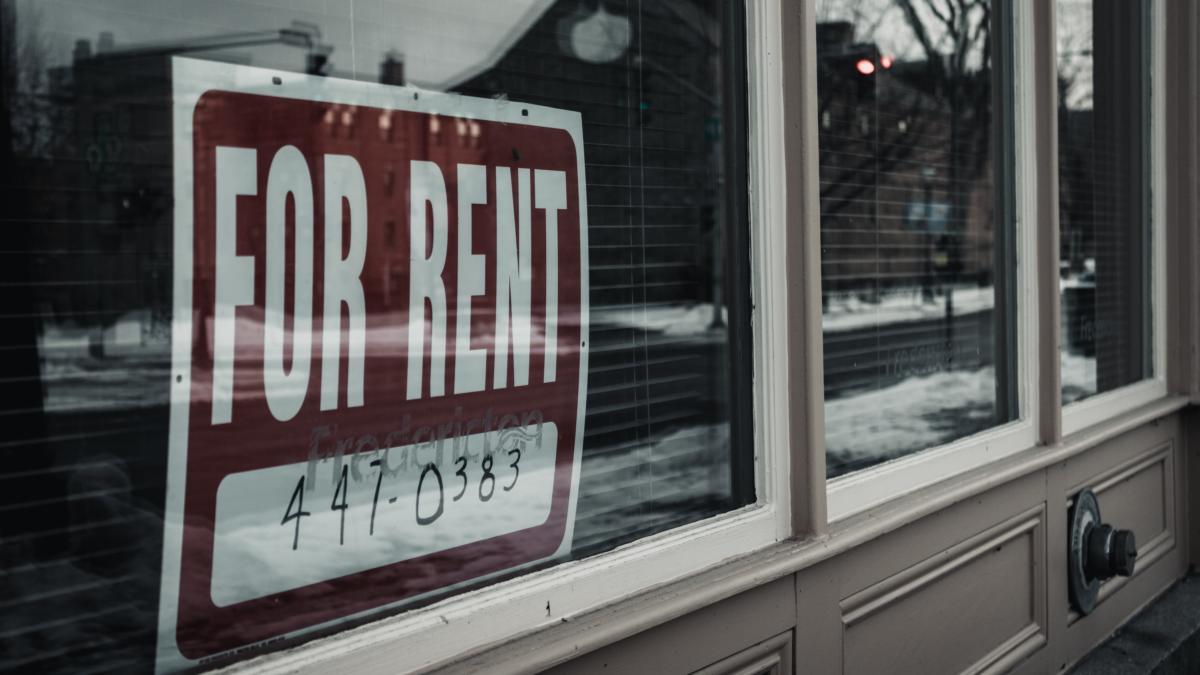It’s cheap to believe supply and demand doesn’t determine prices, but expensive to act on it. Too many of our local elected officials are flirting with disaster by pretending housing supply won’t affect the cost of rent.
Councilwoman Kendra Brooks, for example, still believes in the foolishness of rent control and made it part of her campaign for City Council. While it’s unlikely that City Council will pass rent control legislation, the appeal of it or a “fixed-rate housing model,” as Councilwoman María Quiñones Sánchez has called it in the past, is a sign that the City doesn’t understand the affordable housing crisis that we face.
Philadelphia needs to build many more housing units, and any policy that isn’t primarily focused on growing our housing supply will do nothing to make rent more affordable, or make home ownership more possible for the average citizen. Rent control will not make rents more affordable; it will discourage the creation of more housing.
Rent control is an expensive political fantasy. It doesn’t lower the average rent, it degrades the quality of existing housing, and it mistakes an effect for a root cause. The real problem is that limited supply drives up prices because it’s effectively illegal to build more apartments. When a lot of people want a few apartments, the only way to lower the price is to build more apartments.
If the city builds more apartments, the overall price of housing falls. This is the inescapable fact of housing prices that many people, from opponents of “gentrification” to elected officials, want to ignore.
Currently, zoning restrictions and the difficulty of getting new housing approved make it financially impossible to build almost anything but “luxury” housing. The difficulty of getting zoning variances, the approval of neighborhood groups, permits and licenses, and dodging the deadly scythe of councilmanic prerogative to get housing built in Center City means that developers look to build elsewhere.
When new housing is kept out of Center City, it will get built somewhere else, and those who can afford Center City prices will snatch it up.
Rent control doesn’t change this. Four things drive “everything in the real estate business,” said Gary A. Jonas Jr., partner at the HOW Group, which focuses on new construction and adaptive reuse projects. The market price of rent, construction costs, land costs, and the interest rate on loans can make or break a project. “Expenses are going up from a material and labor standpoint, but they’re also going up from a standpoint of taxes, insurance, things like that that you’re not thinking about,” Jonas said.
The way to a more-affordable housing market in the city is two-fold. One: loosen zoning restrictions in Center City so more apartment units can go up. Two: embrace density.
Density makes local displacement less likely because building more apartments lets more people live in a neighborhood. The available supply of housing is paramount for determining the price of housing. Rent control doesn’t do anything to expand the supply of housing.
This emphasis on expanding supply doesn’t mean that developers hold all the cards.
“The big thing is that, in order for comms to have the type of housing they want in their communities, it’s really important that the development world and the community groups get together, create some trust, and work together toward solutions,” Jonas said. “And the solutions are probably things that are a little uncomfortable for both.”
Neighborhood groups influence these projects and can ask for (or demand) changes. What’s important is to keep in mind the tradeoffs. A few more neighbors might change the aesthetic look of a block and bring a bit more traffic. But more housing can also bring more tax revenue to support the neighborhood, more business opportunities, and greater political power to resolve local problems.
Less housing means fewer people living in a neighborhood who could otherwise make it a better place to live. Squashing new housing excludes new families who would otherwise live there.
Philadelphia has an opportunity to grow tax revenue, create jobs, and welcome a diverse mix of people to enrich the city. The key lies in building more housing, not freezing rent.
Philadelphia has plenty of room, and expanding the housing supply doesn’t mean radical, earth-shaking change. It can be as small as allowing a block of two-story rowhouses to become three-story rowhouses, or a block of three-story buildings to become a block of four-story buildings. Some people may argue that this is the Manhattanization of the city. Actually, not building an extra story or two will be the Manhattanization of Philadelphia: It will make the city an oasis for the wealthy, driving everyone else outside city limits.





